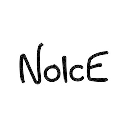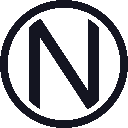-
 bitcoin
bitcoin $121833.232455 USD
-0.63% -
 ethereum
ethereum $4394.437030 USD
-2.00% -
 tether
tether $1.000570 USD
0.04% -
 bnb
bnb $1255.553465 USD
-3.73% -
 xrp
xrp $2.814944 USD
-1.59% -
 solana
solana $221.835346 USD
-2.40% -
 usd-coin
usd-coin $0.999869 USD
0.01% -
 dogecoin
dogecoin $0.249495 USD
-1.32% -
 tron
tron $0.336905 USD
-1.24% -
 cardano
cardano $0.816464 USD
-1.69% -
 chainlink
chainlink $22.130946 USD
-1.27% -
 hyperliquid
hyperliquid $44.208522 USD
-3.46% -
 ethena-usde
ethena-usde $1.000521 USD
0.02% -
 sui
sui $3.422897 USD
-2.51% -
 stellar
stellar $0.380164 USD
-1.31%
understanding blockchain with cryptocurrency
Blockchain technology empowers a wide range of innovative use cases, from secure digital currencies to self-executing contracts and improved supply chain management.
Oct 17, 2024 at 07:06 pm

- Understanding Blockchain
1.1. Definition of a Blockchain: A blockchain is a decentralized, public ledger used to record transactions across a network of computers.1.2. Key Features:
- Decentralization: No single entity controls the blockchain.
- Immutability: Transactions recorded on the blockchain cannot be altered or deleted.
- Transparency: All transactions are visible to participants on the network.
- Use Cases of Blockchain
2.1. Digital Currency (Cryptocurrency): Bitcoin, Ethereum, and other cryptocurrencies utilize blockchains to record transactions and prevent counterfeiting.2.2. Smart Contracts: Self-executing contracts stored on the blockchain that eliminate intermediaries and automate processes.2.3. Supply Chain Management: Blockchains track the movement of goods, improving efficiency and reducing fraud.2.4. Voting Systems: Blockchains enable secure and verifiable voting, increasing transparency and reducing electoral fraud.
- Key Concepts in Blockchain
3.1. Blocks: Groups of transactions that are added to the blockchain.3.2. Hashing: A mathematical function that converts data into a fixed-size string. Used to create unique identifiers for blocks.3.3. Mining: The process of verifying and adding new blocks to the blockchain through computational effort.3.4. Consensus Mechanisms: Algorithms used to ensure that all nodes on the network agree on the state of the blockchain.
- Advantages of Blockchain
4.1. Security: The distributed and immutable nature of blockchain makes it highly resistant to hacking and data breaches.4.2. Efficiency: Blockchain eliminates intermediaries, speeding up transactions and reducing costs.4.3. Transparency: The public ledger allows for easy verification and auditability of transactions.
- Challenges of Blockchain
5.1. Scalability: Blockchains can experience performance bottlenecks as the number of transactions increases.5.2. Privacy: Blockchain transactions are publicly visible, raising concerns about user privacy.5.3. Regulation: The regulatory landscape for blockchain technology is still evolving, creating uncertainty for businesses.
- Conclusion
Blockchain technology has the potential to transform various industries by providing secure, efficient, and transparent solutions. As blockchain technologies continue to evolve and challenges are addressed, their adoption is likely to increase significantly in the coming years.
Disclaimer:info@kdj.com
The information provided is not trading advice. kdj.com does not assume any responsibility for any investments made based on the information provided in this article. Cryptocurrencies are highly volatile and it is highly recommended that you invest with caution after thorough research!
If you believe that the content used on this website infringes your copyright, please contact us immediately (info@kdj.com) and we will delete it promptly.
- Bitcoin, Trump, and Trade Wars: Retaliation Rattles the Crypto Market
- 2025-10-11 08:25:15
- Global Banks, G7 Stablecoins, and Exploration: Charting the Future of Finance
- 2025-10-11 08:25:15
- Morgan Stanley, Crypto, and the Gates of Mainstream Adoption
- 2025-10-11 08:30:01
- Donald Trump, Tariffs, and Signaling Back: A New Era of Trade Wars?
- 2025-10-11 08:30:01
- Navigating the Crypto Tide: From Fading Wallet Tokens to the Rise of LivLive and BNB Memecoins in '25
- 2025-10-11 08:30:01
- Roughrider Coin: Fiserv and North Dakota's Bold Stablecoin Leap
- 2025-10-11 08:30:16
Related knowledge
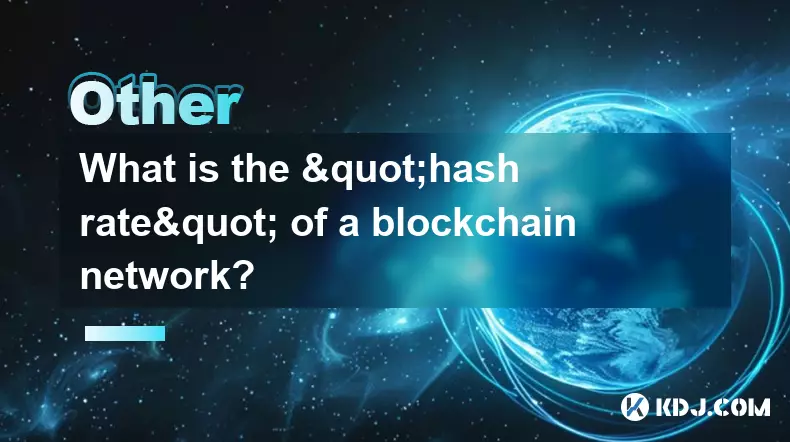
What is the "hash rate" of a blockchain network?
Oct 10,2025 at 03:55pm
Understanding Hash Rate in Blockchain Networks1. The hash rate refers to the total computational power being used to process transactions and mine new...

What is a token economy?
Sep 20,2025 at 12:18am
Understanding the Foundations of a Token Economy1. A token economy in the context of cryptocurrency refers to a system where digital tokens are used a...
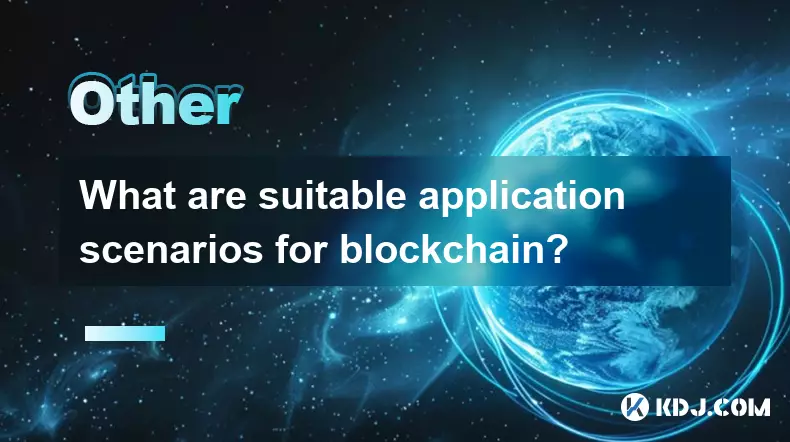
What are suitable application scenarios for blockchain?
Sep 20,2025 at 03:19am
Decentralized Finance (DeFi) Platforms1. Blockchain enables the creation of financial services without centralized intermediaries, allowing users to l...
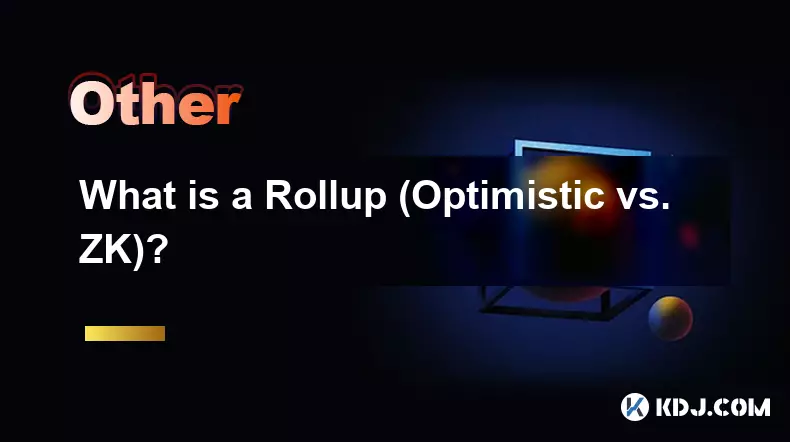
What is a Rollup (Optimistic vs. ZK)?
Sep 22,2025 at 03:00pm
Understanding Rollups in Blockchain Technology1. Rollups are layer-2 scaling solutions designed to increase transaction throughput on blockchains like...
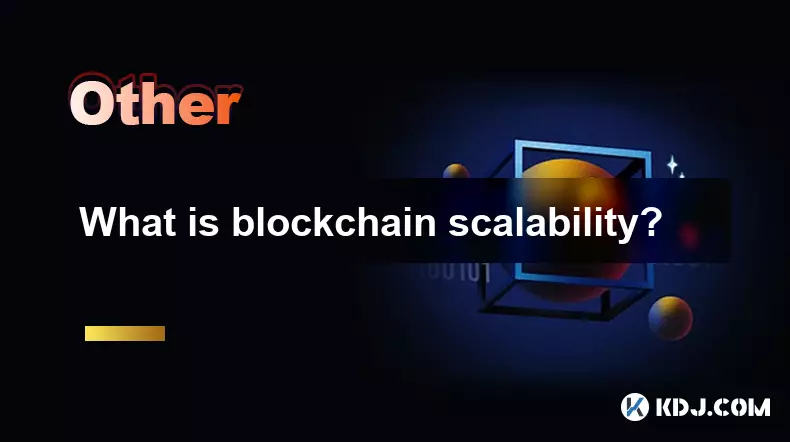
What is blockchain scalability?
Sep 19,2025 at 06:18am
Understanding Blockchain Scalability1. Blockchain scalability refers to a network's ability to handle an increasing number of transactions without com...
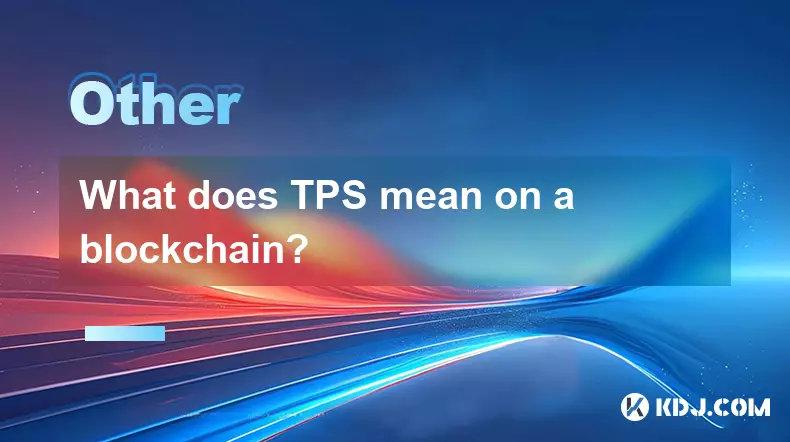
What does TPS mean on a blockchain?
Sep 21,2025 at 09:54am
Understanding TPS in Blockchain Technology1. TPS stands for Transactions Per Second, a metric used to measure the number of transactions a blockchain ...

What is the "hash rate" of a blockchain network?
Oct 10,2025 at 03:55pm
Understanding Hash Rate in Blockchain Networks1. The hash rate refers to the total computational power being used to process transactions and mine new...

What is a token economy?
Sep 20,2025 at 12:18am
Understanding the Foundations of a Token Economy1. A token economy in the context of cryptocurrency refers to a system where digital tokens are used a...

What are suitable application scenarios for blockchain?
Sep 20,2025 at 03:19am
Decentralized Finance (DeFi) Platforms1. Blockchain enables the creation of financial services without centralized intermediaries, allowing users to l...

What is a Rollup (Optimistic vs. ZK)?
Sep 22,2025 at 03:00pm
Understanding Rollups in Blockchain Technology1. Rollups are layer-2 scaling solutions designed to increase transaction throughput on blockchains like...

What is blockchain scalability?
Sep 19,2025 at 06:18am
Understanding Blockchain Scalability1. Blockchain scalability refers to a network's ability to handle an increasing number of transactions without com...

What does TPS mean on a blockchain?
Sep 21,2025 at 09:54am
Understanding TPS in Blockchain Technology1. TPS stands for Transactions Per Second, a metric used to measure the number of transactions a blockchain ...
See all articles


















